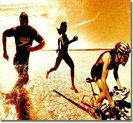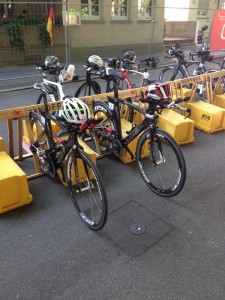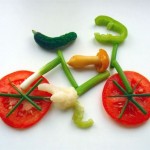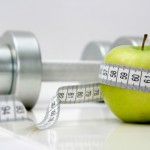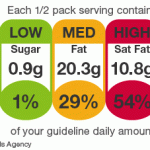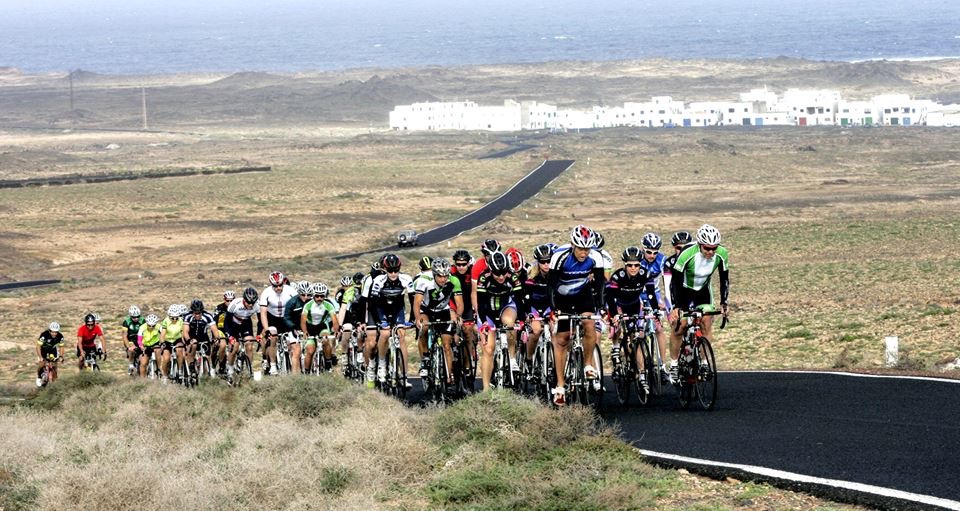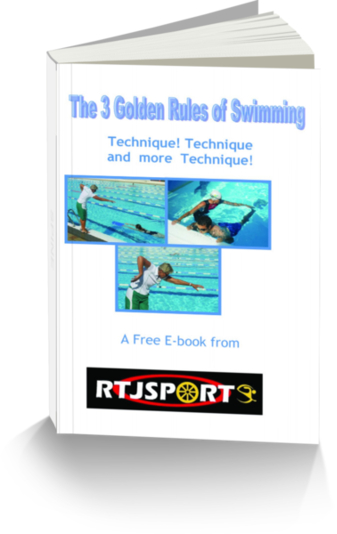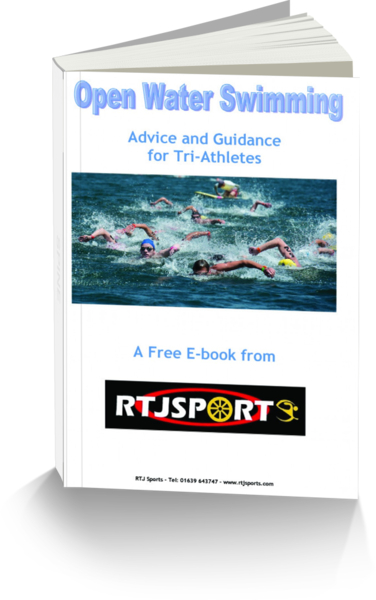Race Preparation
Proper preparation is crucial for any triathlon race, whether you are a beginner or an experienced triathlete. And it’s not just about proper training but also nutrition, hydration and, above all, your transitions.
Triathlon Race Preparation Tips
Here are some key tips when it comes to preparing for a triathlon, n matter how experienced you are:
Start fuelling 24 hours before the race starts – this means you need to pay careful attention to your diet, which doesn’t mean eating more but eating the proper food and keeping well hydrated. In fact, it’s advisable to cut down portion sizes and include protein, such as fish or chicken, in as many meals as possible. Avoid sweets and sugary drinks as well as heavy foods liked refined grains. You should also eat your evening meal 10 hours before your pre-race breakfast.
Don’t eat for 2.5 to 3 hours before the race and make sure your breakfast contains at least 25 to 30% protein, 50% carbs and 20% fat to ensure your body is ready. The meal should comprise between 60 to 120 calories. Yoghurt or kefir are particularly good for ensuring your GI system is restored after a night’s sleep.
Sip water rather than gulp it down, particularly leading up the start of the race. Wait until around 10 minutes before the race and then start to take in small sips of your fuel replacement drink as these calories will help you at the start of the race. Rule #3: Don’t drink just because you’re nervous.
Planning Your Transitions
It’s very important to map out the transition area. Take the time to inspect at first hand where the entrance from the swim is located and where you are likely to be positioned; check where the bike out and bike in positions are; and finally where the run out is located. It’s also advisable to walk through the transitions so you are familiar with the surroundings before the race.
Run through the order of the race after you have completed the walk through and in particular it’s important to mentally rehearse your transitions. Make sure your bike is left in low gear for that part of the race as this will help your breathing rate and ensure your heart rate rises naturally when you start the cycling part of the race.
Starting the Race
When you’re waiting for the race to start, don’t just stand there; warm up at the start line. You should get your heart rate up to aerobic levels at around 10 minutes before the race (swimming or running is ideal but if not a dynamic warm up will suffice). You should also keep warm by wearing a hood or gloves if necessary.
When it’s a swim start ensure you have a good view of the swim course, including key turns, matching them with something on the shore if possible. If you can, swim the course, or section of it the day before the race. This will also help to identify which turns you could have sun in your eyes. Once you start the swim, ensure you always take slow methodical breaths. By looking up at the sky as this has a calming effect when you inhale. You should also try dorsi-flexing your ankles while swimming (practice this as part of your pre-race training). To avoid getting vertigo when you come out of the water, at the end of the swim stand up slowly and put your hands on your knees for stability. Keep your eyes on the ground and bring them up to the horizon when you start walking.
Don’t eat anything in transition 1 but wait around 10 to 15 minutes before eating or drinking anything. Wait until your circulation has reach equilibrium and then taken in new calories. You should have trained with a food plan in mind for the race but if you haven’t it’s advisable to take in smaller amounts more frequently and sip fluids approximately every eight minutes.
The Bike
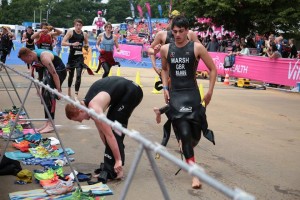 With your bike in an easy gear, start your ride slowly and ease up gradually to your comfortable gear. For beginners, this should be 84 to 92 rpms and you should not feel like you are mashing down on your pedals. Check your pace regularly by counting how many times your right foot passes through the bottom of the pedal stroke (average for 22 to 24 times every 15 seconds is the norm). If you get the chance, on a flat stretch of road, stand up on the bike and lean forward slightly to stretch your hip flexors. Don’t drink anything in the last 10 minutes of your bike ride. Take your time coming into transition 2, particularly if it’s wet to avoid slipping.
With your bike in an easy gear, start your ride slowly and ease up gradually to your comfortable gear. For beginners, this should be 84 to 92 rpms and you should not feel like you are mashing down on your pedals. Check your pace regularly by counting how many times your right foot passes through the bottom of the pedal stroke (average for 22 to 24 times every 15 seconds is the norm). If you get the chance, on a flat stretch of road, stand up on the bike and lean forward slightly to stretch your hip flexors. Don’t drink anything in the last 10 minutes of your bike ride. Take your time coming into transition 2, particularly if it’s wet to avoid slipping.
Again don’t eat anything in Transition 2 (as outlined previously), give your body time to adjust to the next activity before taking in any food. Wait around 10 minutes before drinking anything and then drink enough to quench your thirst. Sip on average 1 to 4 ounces of liquid every 10 minutes or so, more regularly in warm weather.
Ease into the run. Just like when you set off on your bike you need to ramp up for your run. Move your arms at the start to help bring up your leg speed and rung upright, tucking your pelvis in and drawing up your ribs.

